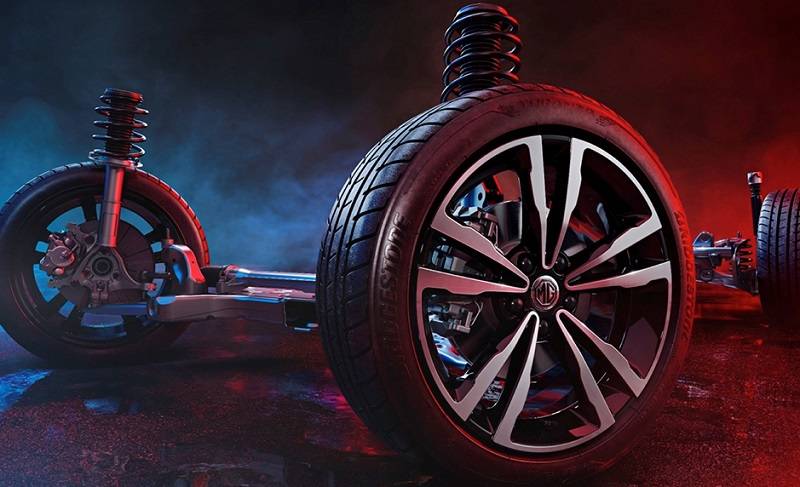How Weight Distribution Affects Vehicle Handling

Your car's weight directly affects the level of grip that your tires have on the road. However, that weight needs to be distributed as equal as possible to all four wheels to ensure that each one stay firmly planted on the ground. Granted, this is what the suspension system is for, but your car's shocks, springs, and struts won't be able to do their job efficiently if one side is considerably lighter than the others.
Reading a car's spec sheet, you may have come across terms such as 50:50 or 40:60 weight distribution. These indicate how the vehicle's weight is spread over the front and rear wheels. Using the latter example, it means that the front wheels carry 40 percent of the weight, while the rear has 60 percent. So how do these different setups impact vehicle handling? Here are two different scenarios that help illustrate this.
While cornering
In this scenario, it is important to keep the rear weight equal or more than the front because if a vehicle brakes while turning a corner, the weight transfer that occurs due to the force of the turn means all the weight shifts forward, and there is less weight over the rear wheels. This can cause the back of the vehicle to lose traction and slide outward, making the vehicle harder to control during cornering.
During acceleration
Contrary to what happens during cornering, vehicle weight shifts to the rear during acceleration, which reduces the front wheel's grip on the road. When this happens, the driver experiences a reduction in his ability to steer. In the case of a front-wheel drive vehicle, wherein the front wheels push the entire car forward, the ability to accelerate is greatly reduced.
So how does weight distribution factor into these two scenarios?
A vehicle with a 40:60 front-to-rear weight ratio can brake harder into corners. This is because as the weight shifts to the front while turning, the vehicle gets closer to a 50:50 weight distribution, giving each tire an even grip on the road.
The downside is that when a 40:60 car accelerates, vehicle weight transfers to the rear, leaving less grip for the front wheels to steer. And so for high performance cars--wherein acceleration needs to be as quick as possible--a 50:50 ratio is ideal.
How do car manufacturers balance the weight of the vehicle?
To achieve the ideal weight distribution ratio, car manufacturers use axle weigh pads. These act like the wheel weights that technicians use to balance a tire, except that instead of affecting a single tire, they affect the entire car. As the name suggests, these pads are placed on a particular section of the axle to add weight to that section. Engineers then calculate the car's overall weight to achieve the desired ratio.
It all depends on what the car is designed to do
As one can imagine, there are pros and cons to different types of weight distribution. A drag vehicle can certainly use a heavier rear, while a drift racer will benefit greatly from a weightier front. Ultimately, the driver's driving style and the kind of driving the vehicle will be doing will dictate the ideal weight setup of a vehicle.

Featured Articles
- Latest
- Popular
Recommended Articles For You
Featured Cars
- Latest
- Upcoming
- Popular
Car Articles From Zigwheels
- News
- Article Feature
- Advisory Stories
- Road Test
